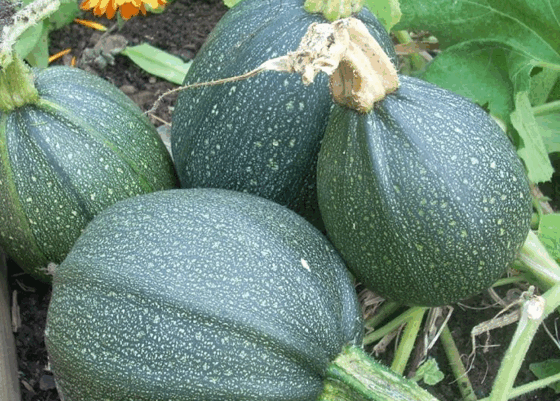Alright, let’s talk pumpkins. You know, those fat orange globes taking over every porch and grocery store every fall? They’re not just for carving creepy faces or flavoring your overpriced latte. Pumpkins have been around for ages—seriously, like, ancient history stuff.
Where’d Pumpkins Even Come From?
Honestly, pumpkins have been hanging out in North America way before anyone thought of putting whipped cream on a pumpkin pie. Scientists found pumpkin seeds in Mexico that are, what, 7,500 years old? That’s older than your grandma’s grandma’s grandma. Native Americans were all about pumpkins—they ate the flesh, snacked on the seeds, and even used the shells for bowls. Talk about zero waste, right?
Then the Europeans showed up and were like, “Whoa, what’s this giant orange thing?” It took them a while to get with the program, but now you’ll find pumpkins pretty much everywhere. And don’t even get me started on how wild Americans go for pumpkins in October and November. It’s practically a national obsession.
Why Should You Even Care About Pumpkins?
Here’s the thing—pumpkins are basically a health food disguised as a festive decoration.
– Packed with Vitamin A (that’s the stuff that keeps your eyesight sharp and your skin glowing) thanks to all that beta-carotene. You want to see in the dark? Eat more pumpkin.
– Vitamin C for days. That means your immune system gets a boost and you get a leg up fighting off colds.
– Antioxidants out the wazoo—lutein, zeaxanthin, alpha-carotene. Basically, pumpkin’s got your back against cell damage and all those pesky free radicals.
– Fiber! If you’re tired of being, ahem, “backed up,” pumpkin’s your friend. Helps with weight, digestion, and even keeping your blood sugar in check.
– Potassium for your heart. Like, move over bananas. And the fiber helps knock down bad cholesterol too.
– Your skin’s gonna thank you—Vitamin A and C work together to keep it healthy and less likely to fry in the sun.
And don’t forget the seeds. Seriously, stop tossing them. Roast ‘em with some salt and you’ve got a snack loaded with protein, magnesium, zinc, and even a bit of iron. Some folks swear they’re good for your prostate, but honestly, they just taste awesome.
How the Heck Do You Eat Pumpkin?
Let me count the ways—
– Soup. Warm, creamy, autumn-in-a-bowl. Spice it up with ginger, maybe a little coconut milk if you’re feeling fancy.
– Roasted. Chop it up, drizzle with olive oil, sprinkle on some salt and pepper, and let your oven work its magic. Way better than sad boiled veggies.
– Puree. Basically pumpkin mush. Use it in cakes, breads, pancakes, whatever. Or just eat it straight—I won’t judge.
– Smoothies. Throw some puree in there for a sweet, velvety twist.
– Main dishes. Ever tried pumpkin curry? Or stew? Or stuffed pumpkin? Get creative.
– Seeds. Like I said, roast ‘em. Put them on salads, in yogurt, or just eat by the handful.
– Juice. Sure, you can juice pumpkin, but you lose the fiber. Not my jam, but you do you.
– And don’t limit yourself to just one kind—there are tons of pumpkin varieties. Some are sweet as candy, others more savory. Try a few, see what you like.
Bottom line?
Pumpkins are way more than just décor for spooky season. They’ve been feeding humans forever and pack a serious nutritional punch. So next time you’re staring at one, maybe skip the carving knife and grab a cookbook instead.

